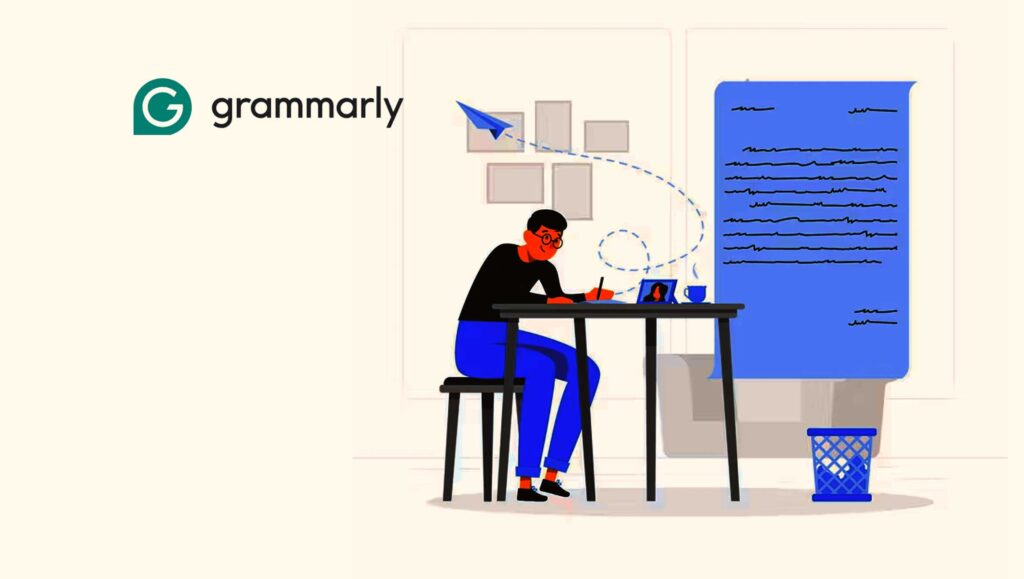The tool is the first of its kind to work across all web-based sources, offering an innovative new way to address challenges to academic integrity
Grammarly, the AI company powering more effective communication for over 30 million people, 70,000 teams, and 3,000 educational institutions, announced it will launch Grammarly Authorship, a tool that enables users to demonstrate which parts of a document were human-created, AI-generated, or AI-edited. Authorship will be available in beta in Google Docs for all Grammarly customers beginning in September 2024 and available in Microsoft Word and Pages by the end of 2024.
“As the school year begins, many institutions lack consistent and clear AI policies, even though half of people ages 14–22 say they have used generative AI at least once”
Unlike existing tools that claim to detect AI-generated content via an algorithm, Authorship works across 500,000 apps and websites to identify the origin of each document part, detailing which sections were typed, which were pasted from another source, and which were generated with AI.
Marketing Technology News: MarTech Interview With Catalina Salazar, Global Head @ Wolt Ads
“As the school year begins, many institutions lack consistent and clear AI policies, even though half of people ages 14–22 say they have used generative AI at least once,” said Jenny Maxwell, Head of Grammarly for Education. “This lack of clarity has contributed to an overreliance on imperfect AI detection tools, leading to an adversarial back-and-forth between professors and students when papers are flagged as AI-generated. What’s missing in the market is a tool that can facilitate a productive conversation about the role of AI in education. Authorship does just that by giving students an easy way to show how they wrote their paper, including if and how they interacted with AI tools. Grammarly is committed to providing students and educators with the resources to understand responsible and effective AI use, ultimately helping prepare students for the AI-enabled workplace.”
When students enable Grammarly Authorship on a blank document, the tool automatically categorizes the text inputted into the document as human-typed, AI-generated, modified with generative AI, pasted from a known or unknown source, and edited by Grammarly or a native spell checker. Authorship offers students several ways in which they can view and share the findings as needed:
- Authorship analytics displays a breakdown of the different text categories contained in the document, along with overarching document-level analytics such as total time authoring, number of active writing sessions, and more.
- Authorship report contains the full text of the assignment. The document text is color-coded in the report to show whether it was human-written, AI-generated, AI-modified, AI-edited, or pasted.
- Authoring replay provides a complete playback showing how text appeared in the document, with stopping points available to analyze where text appeared.
Marketing Technology News: Ad Fraud Detection and Prevention in the Ad Tech Ecosystem
Grammarly Authorship gives students a final check before they submit an assignment so they can ensure it aligns with instructor guidelines and represents their most authentic work. The feature also provides students with objective backing if they are flagged for plagiarism after submission. By early 2025, Authorship will proactively nudge customers to cite content from external sources, encouraging even more transparency and accuracy.
Since its founding in 2009, Grammarly has been using AI to help students do their best work. Authorship is only the latest in a series of innovations from Grammarly that address the challenges of academic integrity in the digital age. The company also introduced Grammarly Originality, which combines plagiarism-checking features with new AI detection capabilities. While other AI detection tools leave students in the dark, Originality democratizes access to the technology and provides guidance on how results may be interpreted.
Grammarly’s writing suggestions, generative AI features, citation features, and now Authorship and Originality demonstrate the company’s long-standing commitment to empowering students to use AI responsibly and productively.






















